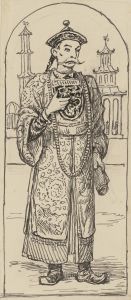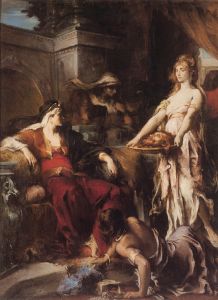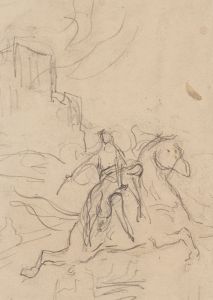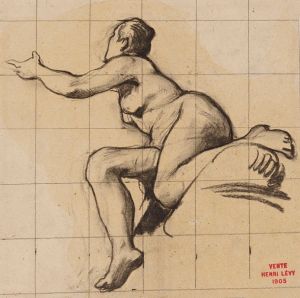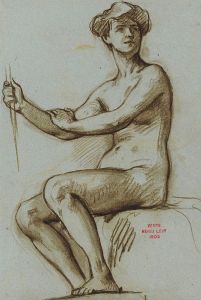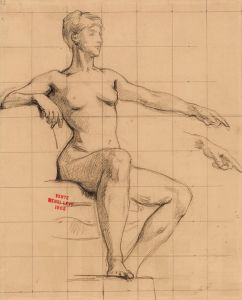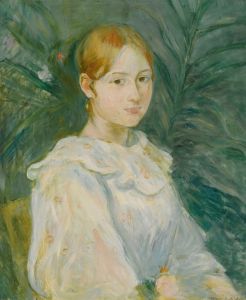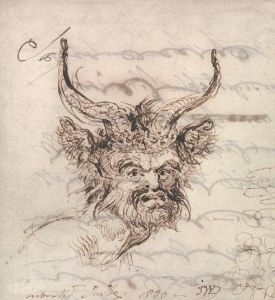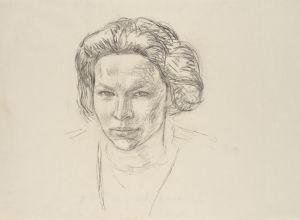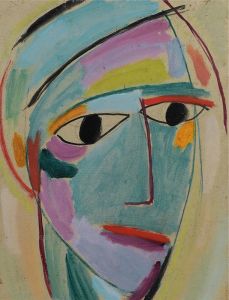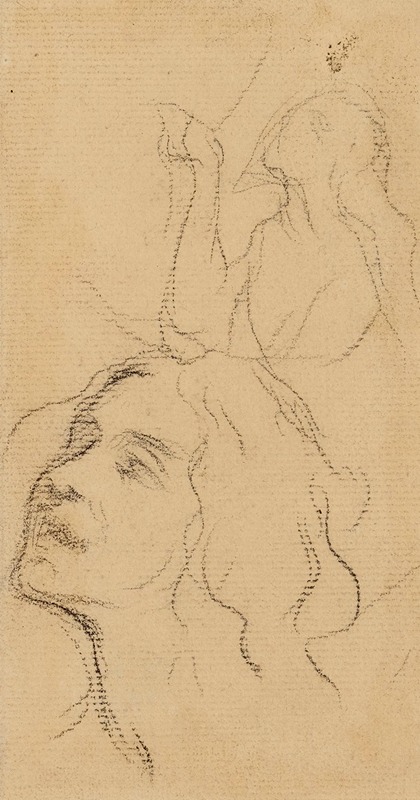
Etude d’une femme en buste et d’un visage de femme
A hand-painted replica of Henri Leopold Lévy’s masterpiece Etude d’une femme en buste et d’un visage de femme, meticulously crafted by professional artists to capture the true essence of the original. Each piece is created with museum-quality canvas and rare mineral pigments, carefully painted by experienced artists with delicate brushstrokes and rich, layered colors to perfectly recreate the texture of the original artwork. Unlike machine-printed reproductions, this hand-painted version brings the painting to life, infused with the artist’s emotions and skill in every stroke. Whether for personal collection or home decoration, it instantly elevates the artistic atmosphere of any space.
Henri Leopold Lévy was a French painter known for his works in the 19th century, particularly during the period of Romanticism and early Symbolism. His painting "Etude d’une femme en buste et d’un visage de femme" is a study that reflects his interest in the human form and expression, which were central themes in his oeuvre.
Lévy was born in 1840 in Nancy, France, and studied at the École des Beaux-Arts in Paris, where he was a pupil of François-Édouard Picot and Alexandre Cabanel. His education under these prominent artists of the time influenced his classical approach to painting, which often combined traditional techniques with emerging modern themes. Lévy's works were regularly exhibited at the Paris Salon, where he gained recognition for his skillful portrayals and attention to detail.
"Etude d’une femme en buste et d’un visage de femme" is a testament to Lévy's ability to capture the subtleties of human emotion and character. The painting, as suggested by its title, is a study, which implies that it may have been a preparatory work or an exploration of technique and form. Such studies were common among artists of Lévy's time, serving as exercises to refine their skills or as preliminary steps towards larger, more complex compositions.
In this particular study, Lévy focuses on the bust of a woman and a separate depiction of a woman's face. This dual focus allows the artist to explore different aspects of portraiture, such as the interplay of light and shadow on the human form and the nuanced expressions that convey the subject's inner life. The attention to detail in the rendering of facial features and the texture of the skin demonstrates Lévy's commitment to realism and his mastery of the medium.
Lévy's work is characterized by a delicate balance between realism and idealism, a hallmark of the Romantic movement. His portraits often evoke a sense of introspection and emotional depth, inviting viewers to engage with the subject on a personal level. This approach aligns with the broader artistic trends of the 19th century, where there was a growing interest in exploring the complexities of human psychology and emotion through art.
While specific details about "Etude d’une femme en buste et d’un visage de femme" are limited, the painting fits within Lévy's broader body of work, which often featured historical, religious, and mythological themes. His ability to convey narrative through the human figure made him a respected figure in the art world of his time.
Henri Leopold Lévy continued to paint and exhibit his works until his death in 1904. His contributions to the art world, particularly his studies and portraits, remain appreciated for their technical proficiency and emotional resonance. Though not as widely known today as some of his contemporaries, Lévy's work continues to be studied and admired for its artistic merit and historical significance.





